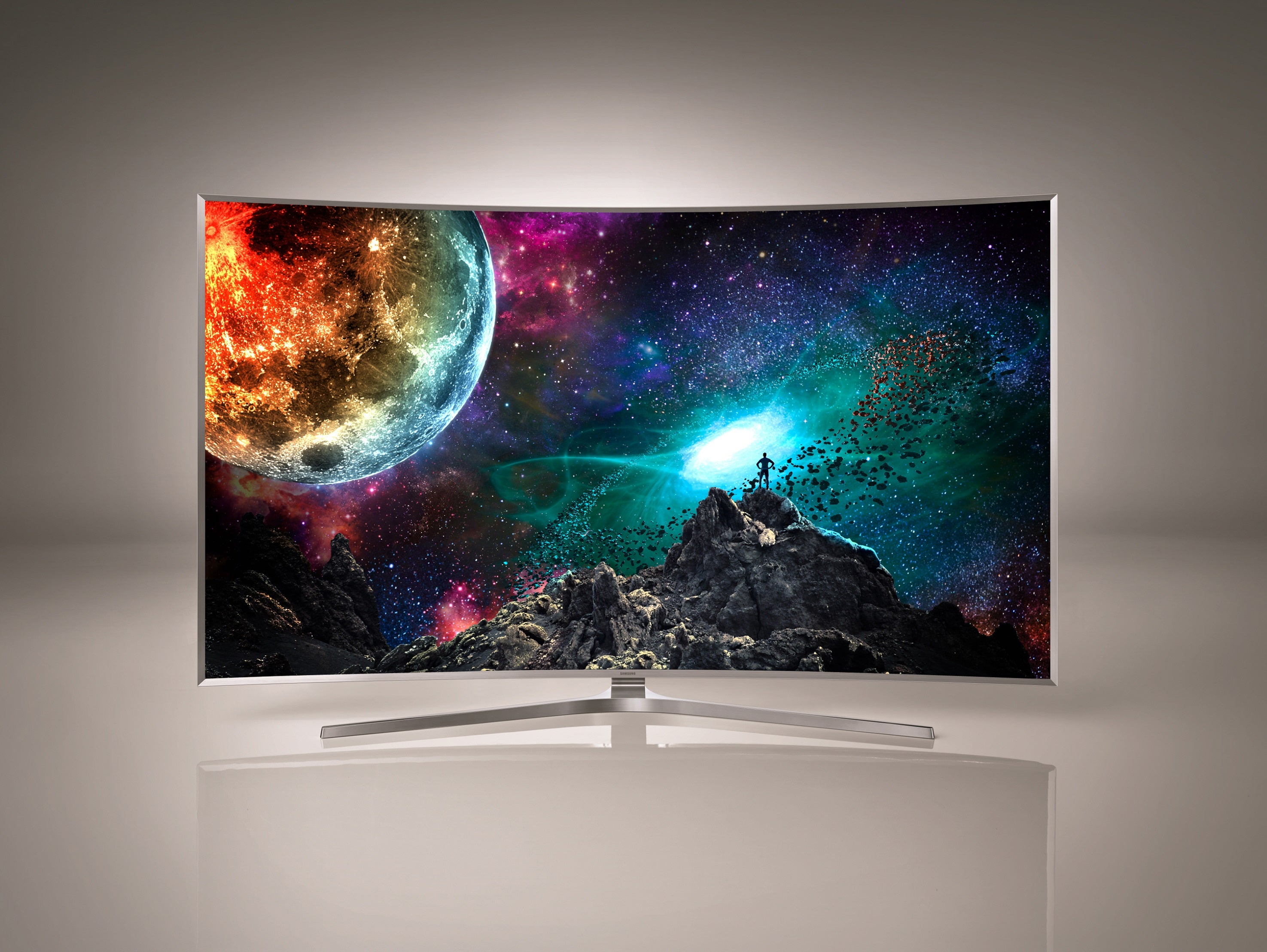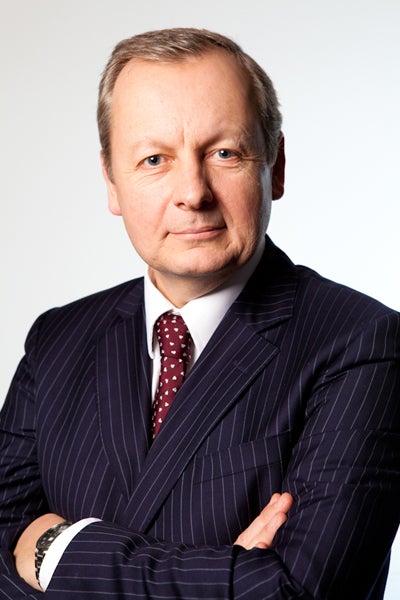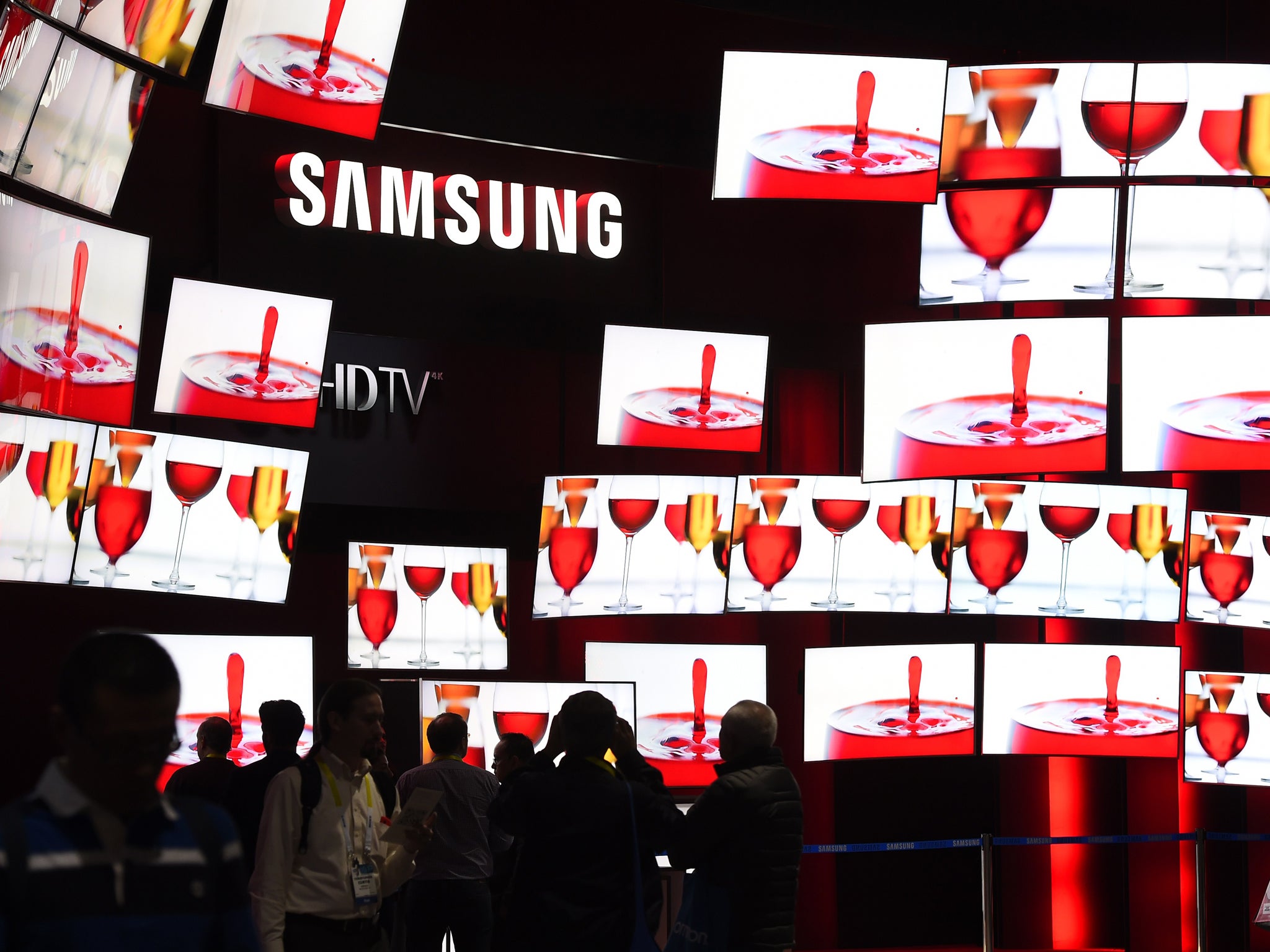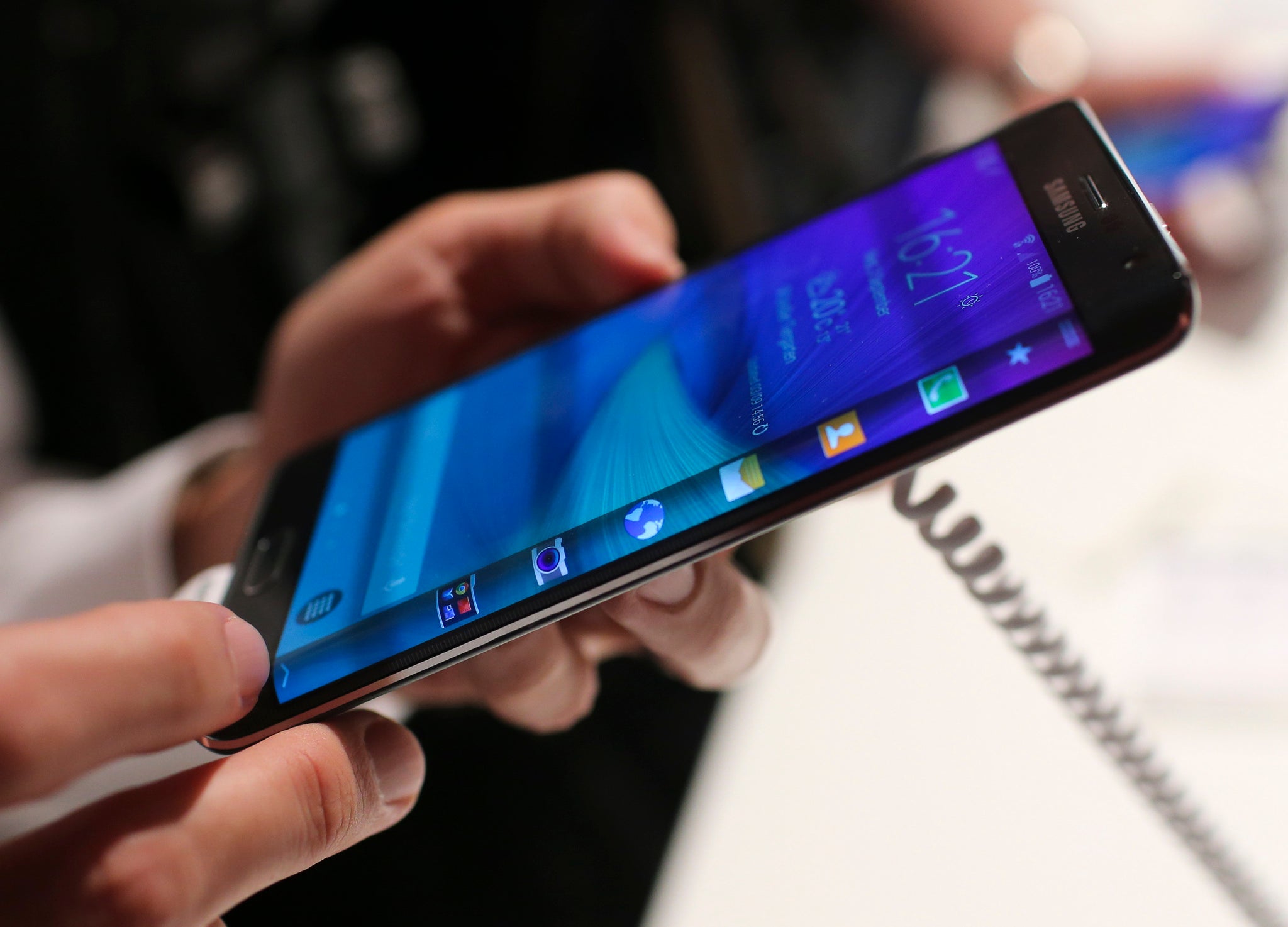Samsung's Andy Griffiths on curved TVs and new phones
David Phelan talks to Samsung’s UK President about curved TVs, the upcoming Galaxy S6 and what $40 million a day gets you

At the start of the year, Samsung stages its European Forum, bringing its latest products together and showing cameras, white goods and the inevitable massive selection of TVs.
Last week it took place in a surprisingly bracing Monaco, though it is still February, after all. Andy Griffiths is the President of Samsung UK and Ireland – the first non-Korean to hold that title. Griffiths is a brilliant communicator, dapper, relaxed and utterly at ease with his company’s product range in forensic detail. Cut him and his blood would probably be Samsung blue.
Last year the company led the field with a new kind of TV – one with a concave screen. These curved TVs were the first to market and many felt it was Samsung doing something for the sake of being different, that would cost them dear. But the company has been proved right – now all the rival TV companies from Sony to Panasonic are releasing curved models. The technology is meant to mimic the curvature of the eye so that every part of the screen is the same distance from you, leading to a truly distortion-free picture.

I asked Griffiths how he felt about the response to curved TV. “There’s always a bit of scepticism, isn’t there, when you bring something so innovative and different to market as curved was last year? We’ve been thrilled with the consumer response. The actual consumer reaction has focused on that immersive experience.”
This is one of the claimed effects of curved TV, that it feels that little bit more wrap-around than regular screens. Certainly, if you’re sitting dead centre in front of a 65-inch screen there’s something to it. Especially since many of the curved models sported 4K, also called Ultra HD, the resolution that’s four times that of full HD.
Griffiths went on: “Consumers had a sense of something with a new design value matched with a real improved picture quality through 4K – they seem to go well together. And it’s expressive of a new picture quality, why not have a new design to go with it? We believe that the design values of our products are high up on people’s consideration lists. They are the most beautiful TVs.”
In some ways, a TV is a TV – every manufacturer can come up with a thin oblong panel with high resolution – so curved was a way of looking distinctive. I asked if it was important for Samsung to stand out in this way.
“Always. This brand prospers on great innovation. We’re spending $40 million a day on R&D across the world. Now we enjoy this brand leadership and a long heritage in the TV space, the responsibility to lead the market and give consumers new possibilities is very much a part of us staying the choice for TVs. As screens become bigger and do more through the smart TV revolution – these are multimedia devices with Skype and YouTube and other apps. And the huge popularity of catch-up. We have people choosing their own viewing times. You can’t watch one episode of anything any more, can you?”

Griffiths said that screens were averaging bigger sizes now. “Curved TVs have also invited people on that journey to larger screens. Our most popular screen size now is 55 inch. Can you imagine that even three or four years ago? As people upgrade and go onto their second or third panel then they are looking for that bigger screen.”
Will curved TVs become the mainstream, or will they always be niche? “We believe curved will become more consistent across the range, we’re bringing in smaller screen sizes – 32 inches, 48 inches, making it more accessible. It's a natural response to the way the eye absorbs visual content. It makes a lot of sense and is very much the next wave of design.”
And Griffiths feels curved is coinciding with an uptick in TV sales. “I think the great news for the TV business in general is that we saw the market grow by double digits in 2014 after a number of years when it fell consistently. Consumers are feeling more confident, they’re coming out of the cave and into the light! Things such as curved – you’ve got to give people a really good reason to come back into the market. Why should they replace a TV which may still be working fine? They want the latest and they want the significant upgrade that something like curved represents.”

The most striking TV Samsung had on show in Monaco was the flagship in its S UHD range. This is the first TV likely to hit UK stores sporting HDR, High Dynamic Range, which makes landscapes look dramatic, with rich detail in shadows and bright skies that would otherwise be lost. You need special hardware for this, and Samsung looks like it will be first.
The S, it turns out, doesn’t stand for super, or anything actually. “No, it’s the same as the S we use on some of our mobile products, it signifies our premium range.”
Which brings us neatly on to mobile phones. The Samsung Galaxy S3 was a massively popular handset, the only phone to outsell the iPhone, for several months. The S4 and S5, though big sellers, weren’t the out-of-the-park strikes the S3 had managed. Why was this?

“The smartphone market matured last year, reaching saturation phase, 88.5 per cent ownership of smartphones now,” Griffiths says. “The top of any market settles down and declines as early acquisition ends and you go into the next cycle of replacement and the upgrade market. What we saw was the consumer wanted very good reasons to upgrade.
“So we’ve seen those 18-month and two year contracts that people largely are connected to being continued or being moved to sim only. People keep their devices for maybe three years. They’re waiting for a significant difference in the products to make sure they’re happy to go on to that next generation. So yes, our next premium smartphone will be answering those questions. That’s the challenge for us, to bring people back into the market with exciting and genuine progressions and I think you’ll see that with our next phone.”
Since it’s expected the new phone, almost certainly to be called the Samsung Galaxy S6, will be unveiled in Barcelona at next month’s Mobile World Congress trade show, there’s not long to wait.
Join our commenting forum
Join thought-provoking conversations, follow other Independent readers and see their replies
Comments
Bookmark popover
Removed from bookmarks